The success of your website or online store broadly depends on thoughtful, original, and correctly edited content. The essential element of the strategy of building appropriate content is the selection of proper keywords. Adequately selected keywords are a decisive factor in the relevance of searches in a search engine. They ensure a higher rank in search engines, thus increasing the number of people visiting your website. And the last one is the most important for you.
An effective keyword allows you to reach more visitors at various product or service awareness stages, and they are perfect for getting a broad audience. However, when you focus on converting visitors to buyers, you need to concentrate on phrases that indicate interest in a specific product or service. Such precise words in SEO are called long-tail keywords.
What are long-tail keywords?
A long-tail phrase is usually extensive and consists of more than three words. Compared to short-tail keywords, which are one or two words long. Long-tail keywords are more descriptive and, as a result, better define the user’s intent. In contrast, short keywords are general, do not specify the user’s purpose, and in most cases, display a home page or another page that generally describes the topic in the search results. Long-tail keywords have low search volume and low cost-per-click for paid ads.
For example:
adventure books (short keyword) and adventure books by Walter Scott (long tail keyword)
Canon printers (short keyword) and Canon monochrome laser printers (long tail keyword)

Long-Tail Keywords vs Short-Tail Keywords
We will take a simple example. You run a bike shop selling different bicycles, so you probably want the keyword “bike shop” or even “mountain bike” to find you. Unfortunately, there are many shops selling bikes in the area, and each has the same purpose.
Since it’s only two words, this short phrase is much more competitive. So it’s hard to get high in organic search results. Suddenly you realize that the bikes you sell have dozens of different variations. Mountain bikes, track bikes and road bikes are available in your store—Black, red and silver bikes for children and adults. So you can put together a product description in which the keyword is “red mountain bike for adults”.
More and more people are using descriptive keywords such as narrow long-tail keywords. Comparing the two-word keywords discussed above with four and 5-word keywords, it is clear that the latter is more descriptive and precise. It also carries the intentions of the person looking for a bicycle. They are much less popular and get fewer searches, but they keep your site right. Usually, people who use long queries know what they are looking for and are more determined to buy.
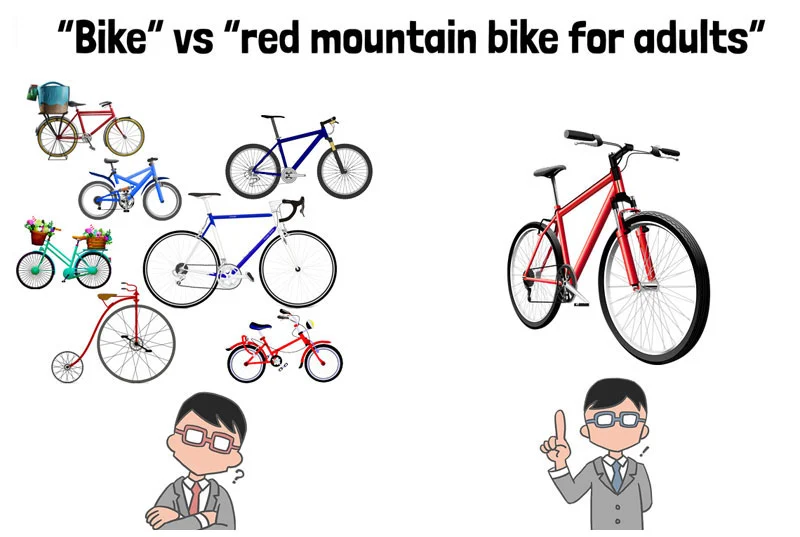
The chart below shows the relationship between keyword length and the number of searches.
The chart below presents the relationship between keyword length and the number of searches. The chart is an excellent illustration of the relationship between keyword length and the number of searches. You can see that if the keyword is shorter, the number of queries is higher. Conversely, longer keywords have significantly fewer queries. It is also closely related to competition, which is greater the shorter the keyword is. Likewise, the cost of the shorter keyword increases for the short phrases. At the same time, you can see that longer keywords are more accurate, so the conversion increases with a simultaneous decrease in costs.
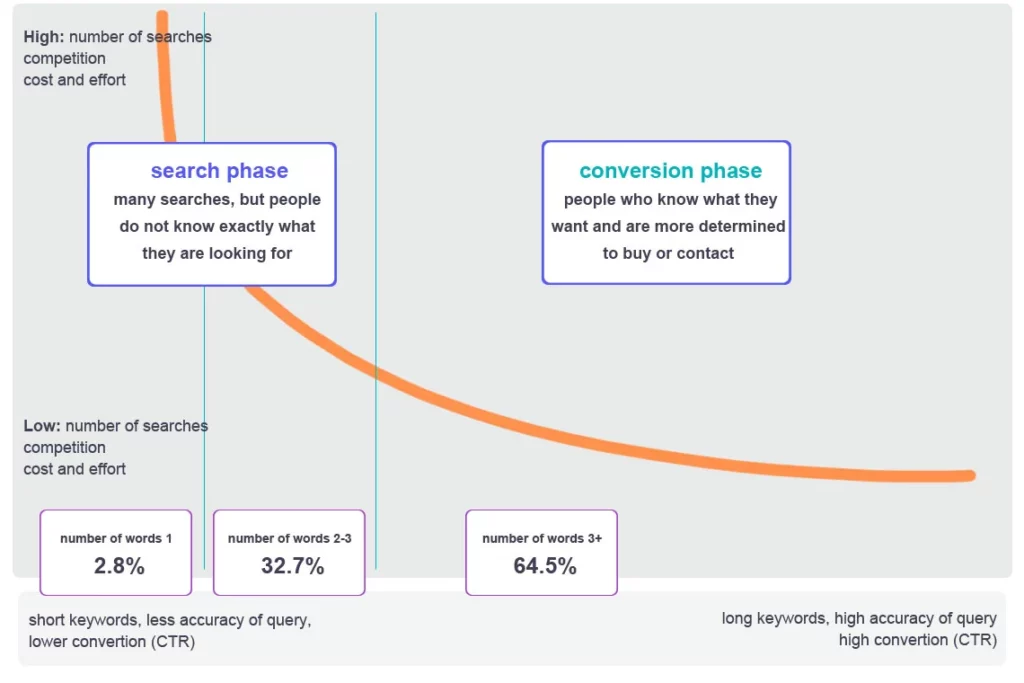
How to find long-tail keywords?
Now let’s discuss how to find effective long-tail keywords. There is no doubt that long-tail phrases bring many benefits. Sometimes they can be the best way to get to your website, and they are helpful both in terms of website optimization and attracting new customers. Here are some practical ways to effectively select the correct long-tail phrases.
1. Google search engine
Note that when you type a term in your browser, suggestions appear there. Google suggests the most commonly used words in context. That is called a predictive search, which tries to complete the query for you. It relates to similar common questions related to the first, second, etc., the word you have already typed.
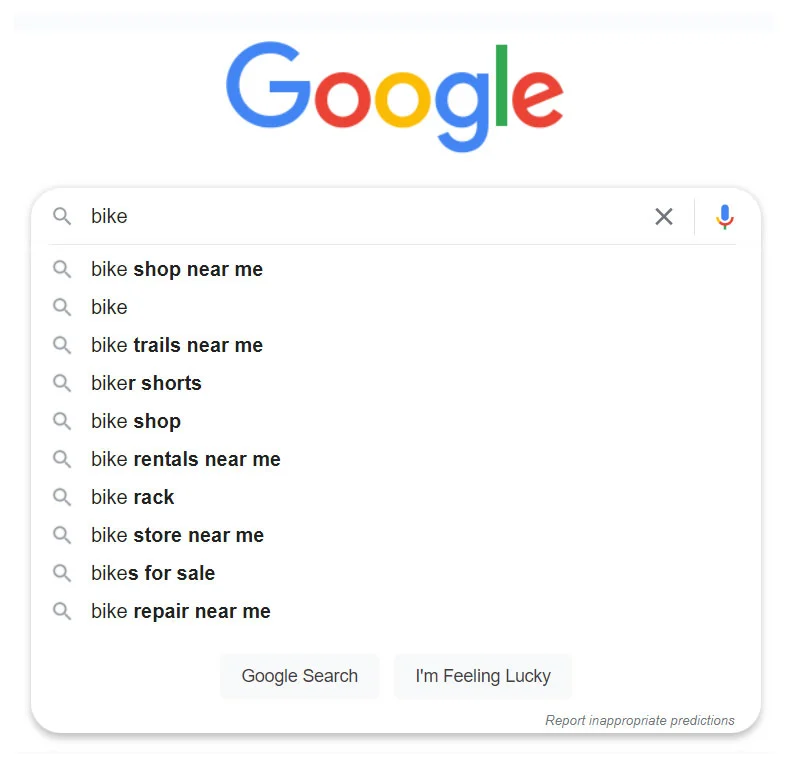
2. Professional tools
Below, professional tools to search for long-tail phrases. The most popular free tool is Google Keyword Planner, and it can help you find keywords with a long tail. Still, it is better to use more advanced solutions for this purpose, such as Ubersuggest, Answer the Public, HubSpot Content Strategy Tool, Ahrefs, Semrush, KWFinder, Keyword Tool Dominator, Wordtracker, LongTailPro.
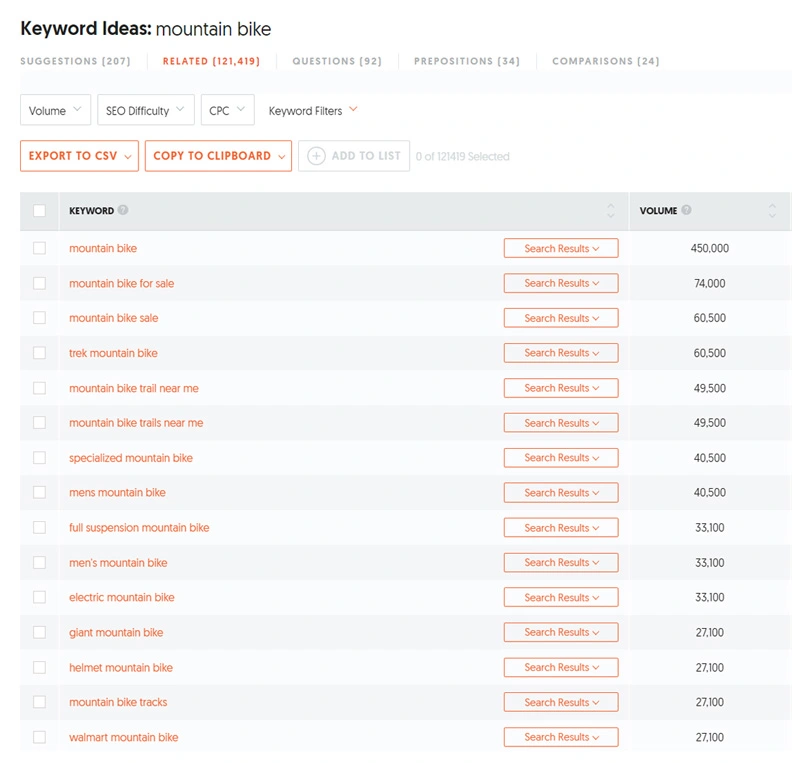
3. Analyze industry leaders
It is worth analyzing the giants in your niche. Take a close look at what long-tail keywords using the leaders of the webspace in which you are. If you sell digital products, run an online bookstore or any online store, check which keywords Amazon sellers use.

4. Check your competition
Remember your competition, which will always be the source of your keywords because they sell similar products. By checking the competition, you can find either keyword that is already in use or inspiration to create your keywords that suit your needs.

5. Listen carefully
Listen carefully to your customers Talking to the customer face-to-face over the phone, focusing on customer questions or reading e-mails is an excellent source of keywords. In the same way, as they ask a question, this is probably the way they search for information on Google. By creating content based on such a long tail phrase, you reach all potential customers with the exact needs.
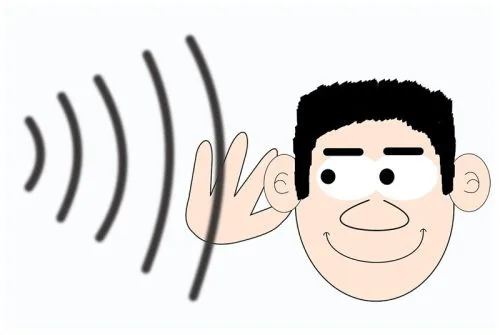
6. Search internet
Analysis of forums, newsgroups and comments You don’t need to spend any particular time on it, and it would be best if you remembered about it. The study of these areas allows you to assess the actual demand for content around a specific topic. It consists in finding places where users share their problems and doubts. Here usually questions like How to ..?, Where to …?, What is…?. If any of these problems are in your offer’s subject area, it is worth helping such users. The best way is to write self-help articles. In this case, long-tail keywords will reflect, for example, topics in forum threads or user questions in lines.
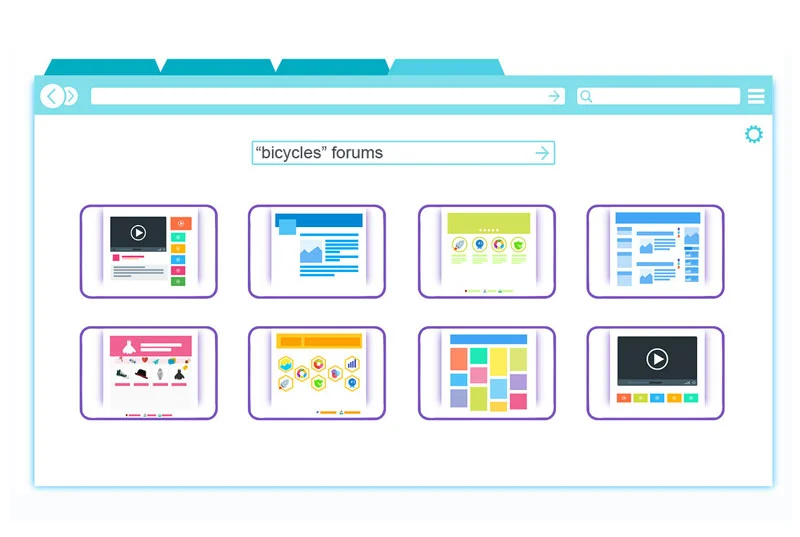
Let’s sum up
Summarizing the methods of searching for long-tail keywords briefly, remember that following only your feelings may not be accurate. When you work in a field professionally, you pay attention to other things than ordinary people. Some points may seem obvious to you, and you ignore them. It will be much more reliable to rely on professional tools and the aspects mentioned above.
Long-tail keywords in SEO strategy
The search engine optimization strategy has changed significantly in recent years and is still evolving. In the past, SEO experts focused on selecting popular keywords with as many searches as possible. It was enough to know the basic optimization techniques, and in a short time, it was possible to be on the first page of Google. Currently, the competition is more vital and more challenging to get into the Top-10. That is because more and more companies use the services of SEO specialists and more and more companies see the vast potential that is present on the Internet.
Seven principles that you should follow when planning a strategy for long-tail keywords
1. Keyword relevance
Check keyword relevance when selecting phrases specific to the industry.
2. Probability of keyword conversion
The probability of increasing the conversion and the accuracy of its selection is in line with the client’s expectations.
3. Keyword competitiveness
Define competitiveness. Check how strong the competition is and how quickly you can outrun it for a specific keyword with a long tail.
4. Check competitors content
Check competitors’ websites. It is worth analyzing keywords in the competition’s content, and it doesn’t have to be your direct competition.
5. Number of keyword searches
The number of searches. Verify the average number of searches per phrase over a specified period (usually a month).
6. Group your keywords
Group key phrases in terms of intent. You will need to create as many groups as you can to define individual intentions.
7. Define the structure
Define the structure. Having specific keywords searched by people must be appropriately structured and assigned to specific pages on the website.
How to use long tail keywords in content – 4 reasons why it is worth focusing on them
The long-term strategy has several significant advantages. The most important is the amount of targeted traffic associated with searching for long-tail phrases. About 60 to 70 per cent of all search traffic comes from long-tail keywords. So, to do not lose your target audience, you must include words with long-tail loss in SEO. Here are some reasons why you should use this strategy
1. Long-tail keywords allow you to reach customers faster
If you want to get your target audience in shortcuts, the long-tail strategy will help you. Compared to short keywords, long-tail keywords concentrate on specific search intent. For example, the short-tail keyword “mountain bike” is combined with several intentions:
- Mountain bike for sale
- Affordable mountain bike
- mountain bike pedals
- mountain bike saddle
- mountain bike frame
- mountain bike accessories
- The best mountain bike for summer
- The best mountain bike for a child
How to buy a mountain bike for a kid As you can see above, long-tail keywords have a specific purpose. The person who searches for “mountain bike saddle” on Google is not interested in buying a bicycle. I’m only interested in the saddle. If the store does not sell bicycle accessories, including the saddle, it does not make sense for the seeker to find their website. At the same time, if your store sells saddles and other parts of bicycles besides bicycles, it is worth including them in your offer and assigning them the appropriate keywords. That is why long-tail keywords help you reach people who know what they want.
2. Stay ahead of the competition
When a keyword has several different intentions and even multiple meanings, it usually has a higher level of competition. Imagine that the selected keyword may not bring the expected results. In addition, you will be fighting with competitors and companies from various industries, company directories, Wikipedia, business organizations, and so on. The long tail eliminates this problem.
Sometimes keywords can have many meanings and characteristics. For example, the keyword “jam” can refer to a sweet food product or traffic situation. Even if you use the word “strawberry jam”, recipe websites usually appear at the top of the Google list. Moving on, “strawberry jam for sale”, you will find yourself at large discount food stores. Finally, by saying “homemade strawberry jam for sale”, there is a good chance that you will find the right one, perhaps even your local strawberry jam vendor.
3. Higher conversion rate
When your site is irrelevant to a user’s search, there is no chance it will convert. For example, a user who searches for a breakfast jam but starts with the keyword “jam” won’t even visit your website if the first 50 results include reports from local news sites about traffic conditions mixed with jam recipes. In this scenario, you optimize your website for a competing keyword that doesn’t deliver results. Optimizing for these keywords brings in some traffic and leads, but the investment effort can outweigh the ROI in SEO and even Google Ads. With long-tail keywords, you can achieve a conversion rate of over 35 per cent.
4. A long-tail keywords strategy cuts SEO services costs
Compared to long-tail keywords, short-tail keywords are a considerable investment. The high popularity of the keyword means a lot of competition, and it implies that hundreds of other companies want to rank for the same keyword. You will need to spend more time and resources earning and maintaining rankings.
The situation is similar to paid ones in Google Ads. A Long-tail SEO strategy allows you to significantly reduce digital marketing costs because phrases used in this tactic have less competition. It is easier to optimize and maintain your ranking in the search results. Moreover, you are spending your time and money on keywords that offer higher conversion rates, which translates into a greater return on investment that you can use for other purposes. Reducing digital marketing costs is essential part of every marketing strategy. You can learn more about How to choose an SEO agency.
The websites that long-tail keywords will work the best
In some niches, it is challenging to rank high in search results. Specific markets are just too competitive for smaller players, and the search results dominate large companies. These companies have massive marketing budgets, including SEO. With small budgets, you will not be able to compete with the giants on the market.
For example, e-commerce of household appliances, clothing, general groceries, or the cosmetics industry, using keywords such as “Samsung tv high-quality” or “men’s cotton shirt “. You can adopt a different strategy instead. Use unique sales propositions, know the needs of your target group and an in-depth analysis of your niche.
Replace competitive short phrases with a more detailed long tail “Samsung tv 8k 75inch series 600” or “men’s cotton shirt for summer 2021 “. Thanks to this, you will download more valuable traffic and get a chance to raise the top positions in the search results. Therefore, using long-tail keywords, you can compete with large companies in virtually every industry.
To summary
A long-tail SEO strategy and the potential of this type of keyword develop many opportunities for you. People who search for your site by long-tail phrases will indeed be slightly less, traffic on your site will be lower, but the chances of buying your product or service will be higher. The choice of this tactic may prove to be very accurate and profitable. Remember, however, that you need to ensure high-quality content to ensure high conversion rates and encourage visitors to your website. In addition, they must fully live up to the promise – otherwise, threads from highly conversion traffic and revenue growth in your online store.


